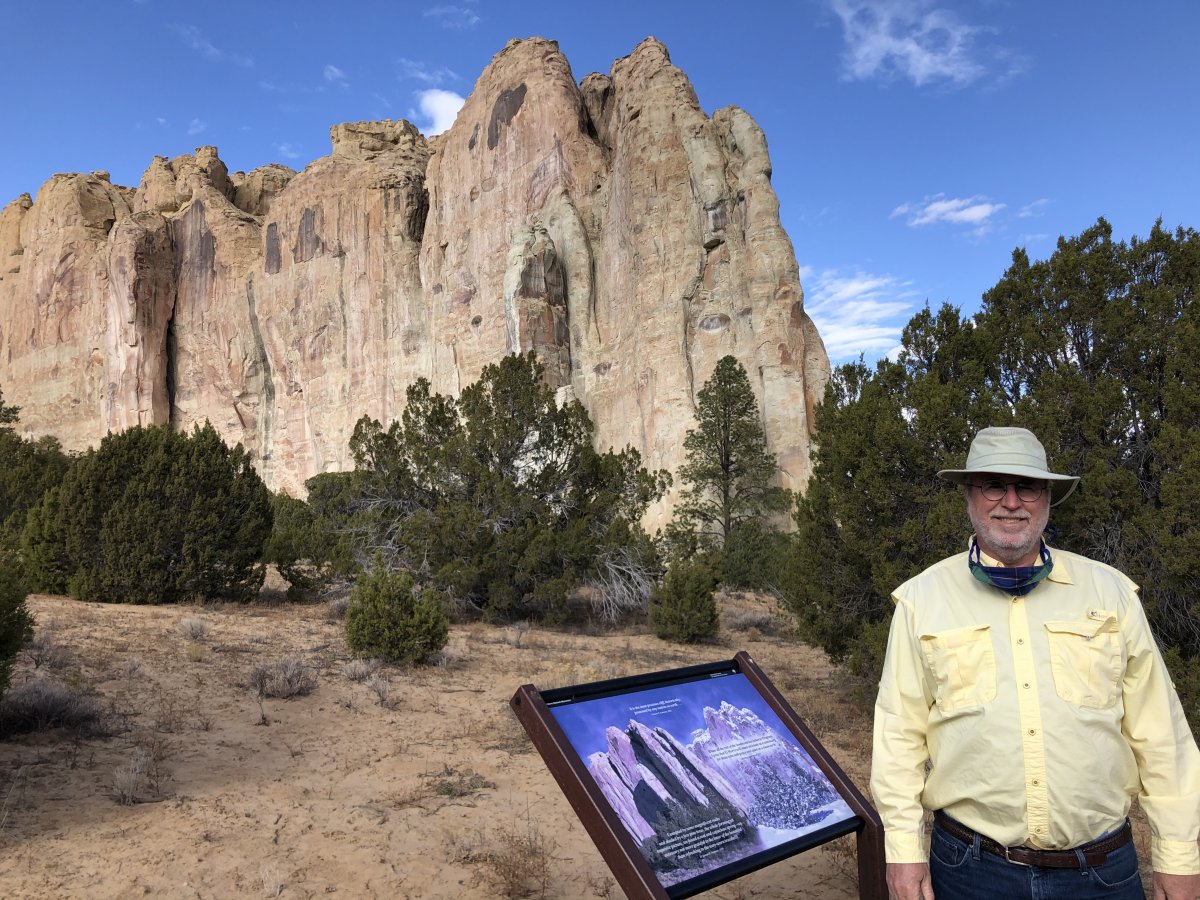November 7, 2020 - El Morrow National Monument

El Morro was designated a national monument by President Theodore Roosevelt on December 8, 1906, and was added to the National Register of Historic Places in 1966. Today the site is managed by the National Park Service.
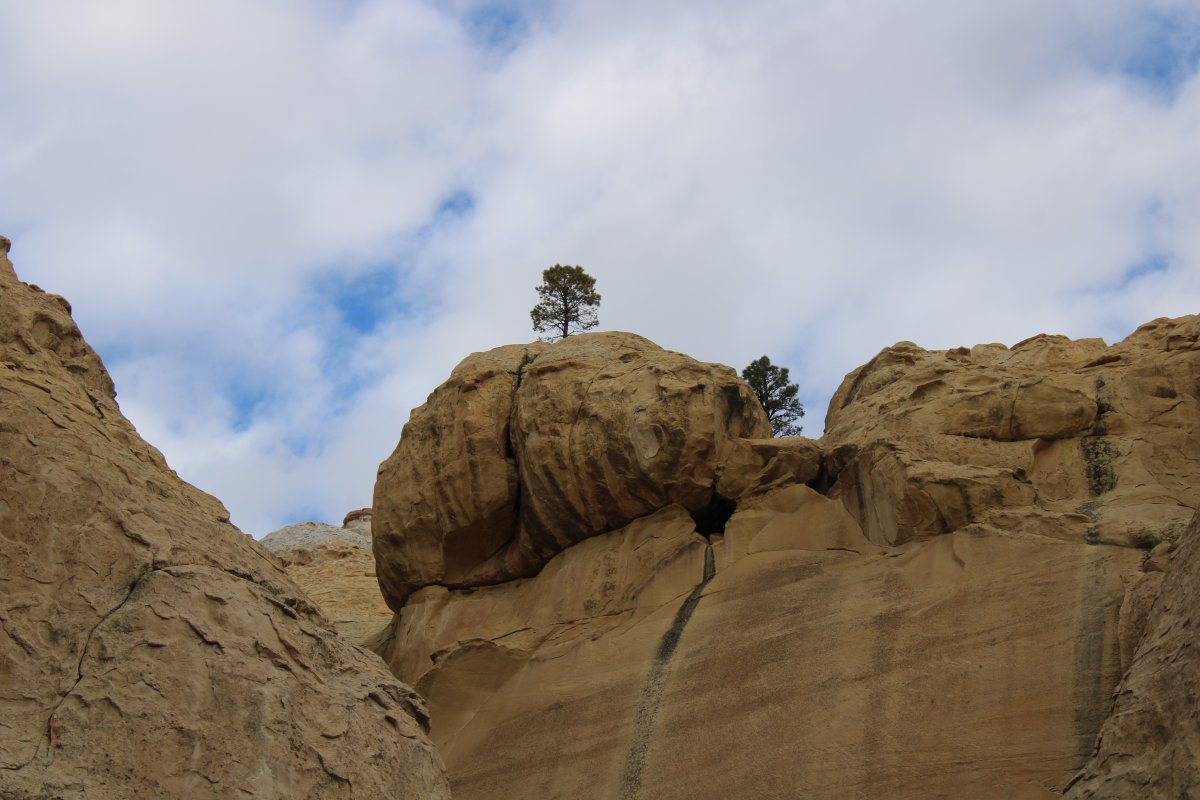
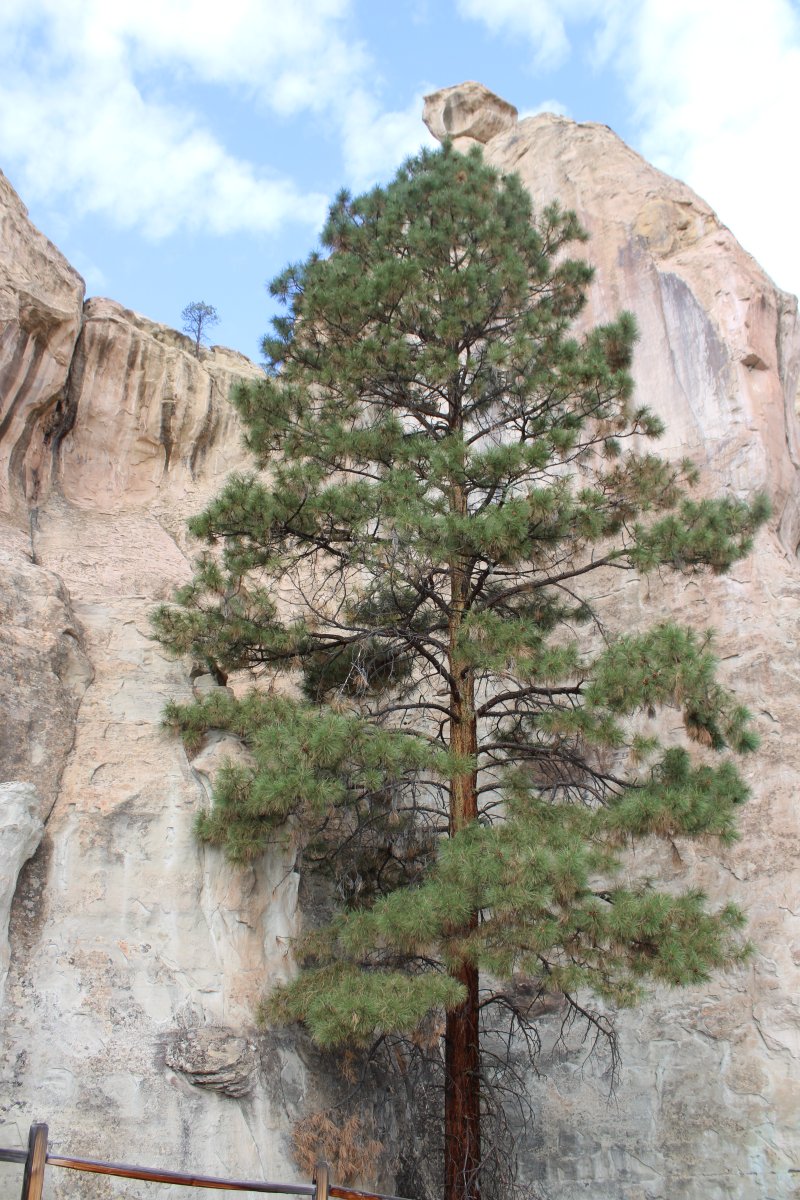
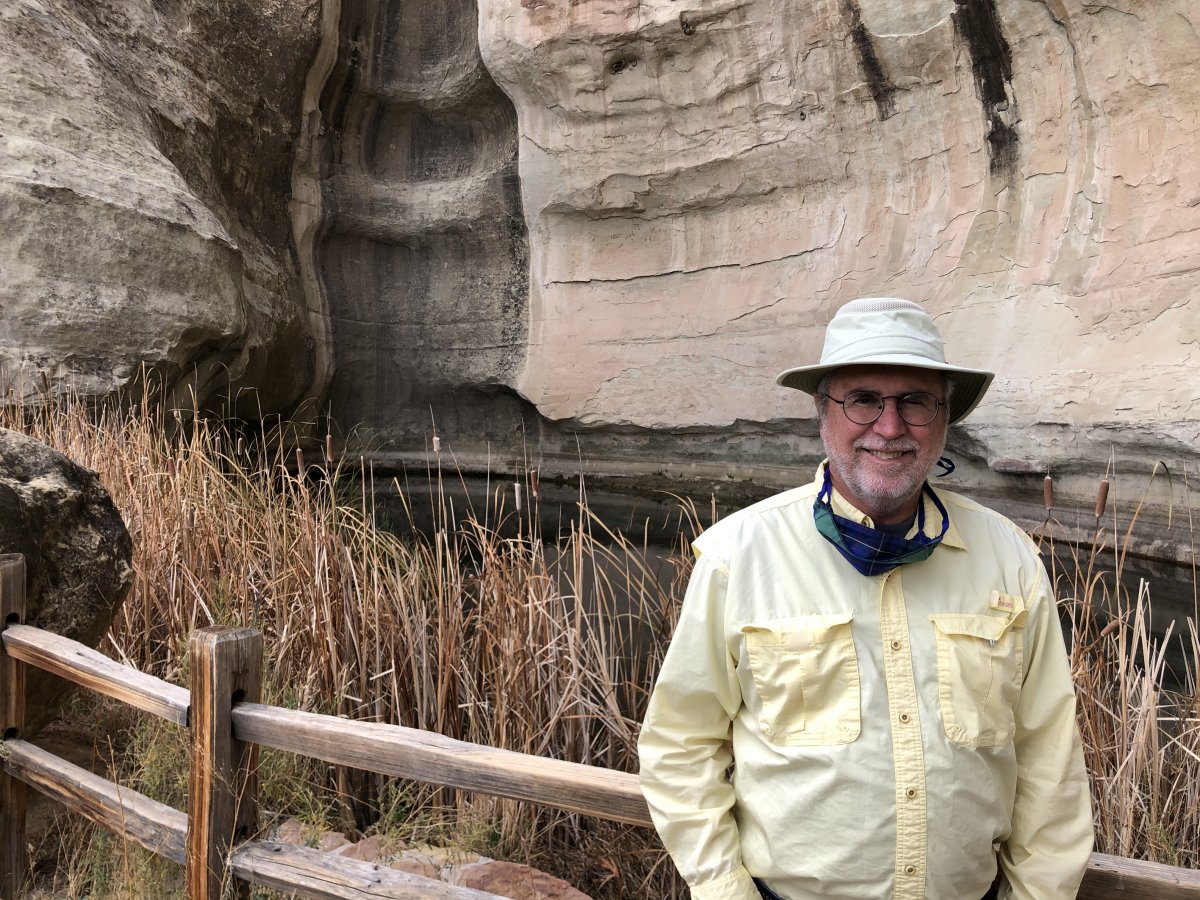
They had a nice, scenic trail to the base of the cliff.
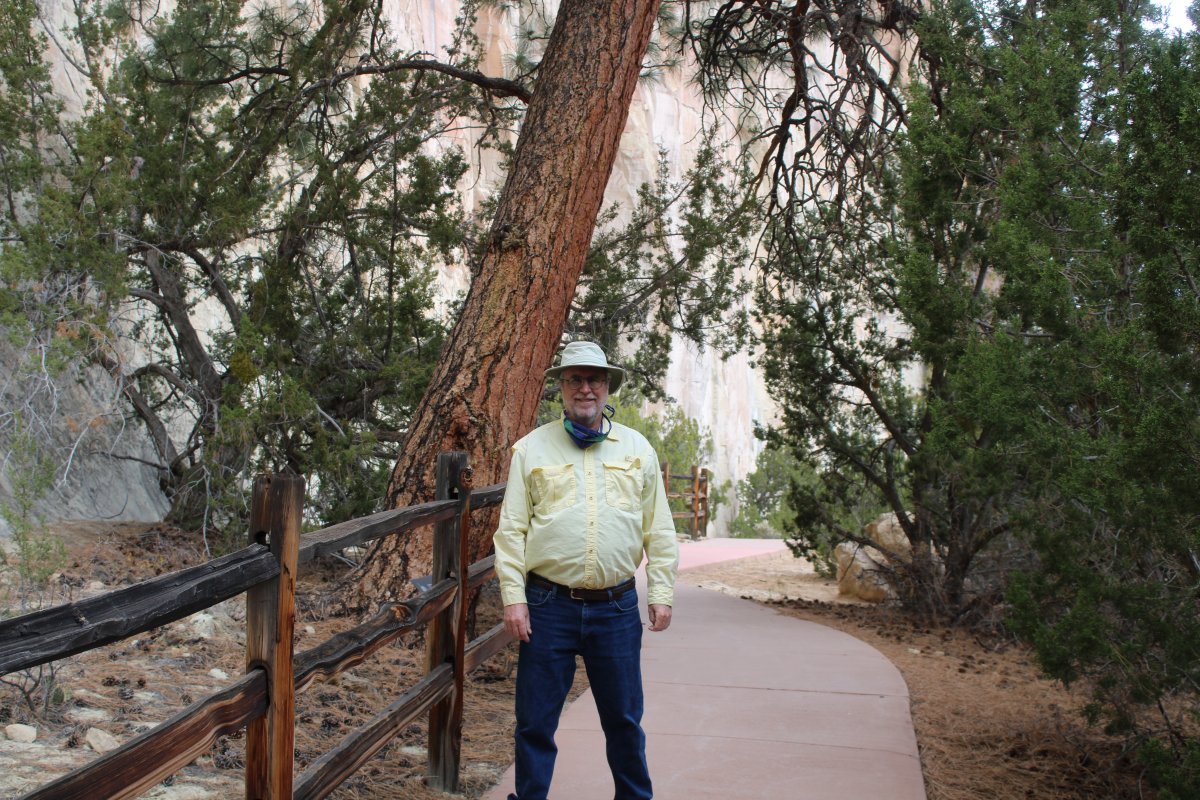
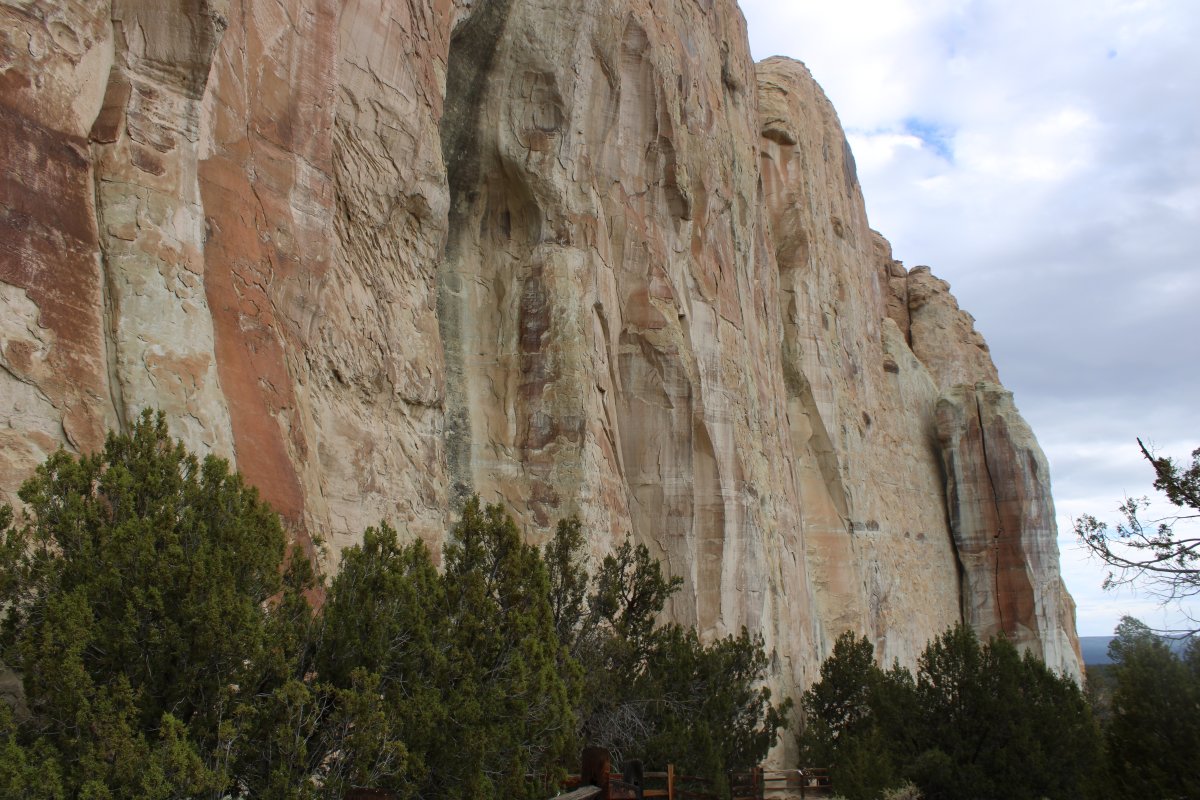
One of the oldest and most famous inscriptions at El Morrow -- that of the first governor of New Mexico, Don Juan de Onate, was inscribed in 1605, two years before the Jamestown colony was founded and 15 years before the Pilgrams landed at Plymouth Rock.
It reads: "Governor Don Juan de Onate passed through here, from the discovery of the Sea of the South [the Pacific Ocean] on the 16th of April, 1605.
This was not Onate's first visit to El Morrow; he had passed through earlier in late 1598.
Later when I got home and was reading in Tony Horwitz's great book "A Voyage Long and Strange: Rediscovering the New World" about Coronado, I learned more about Onate. It turns out he was a hard man, even by conquistador standards. "When Onate's newphew visited Acoma [Pueblo, also known as Sky City because of its perch atop a 370-foot mesa] at the head of a small party, Indians killed thirteen of them. Onate sent a force led by his slain nephew's brother to exact revenge. Onate's orders were explicit: 'Leave no stone on stone, so that the Indians may never be able again to inhabit it as an impregnable fortress.' The soldiers killed some 800 Acomas, a Spaniard wrote, and 'the pueblo was completely laid waste and burned.' About 600 survivors were rounded up and brought before Onate. 'Males who are over 25 years of age,' Onate ruled, 'I sentence to have one foot cut off and to 20 years of personal servitude' -- enslavement to Spanish soldiers. Males between the ages of 12 and 25, and females over 12, were also enslaved for 20 years. Onate would later be tried himself, by Spanish authorities in Mexico, for his cruelty to both Indians and settlers and he was banished for life from the colony [New Mexico] he founded."
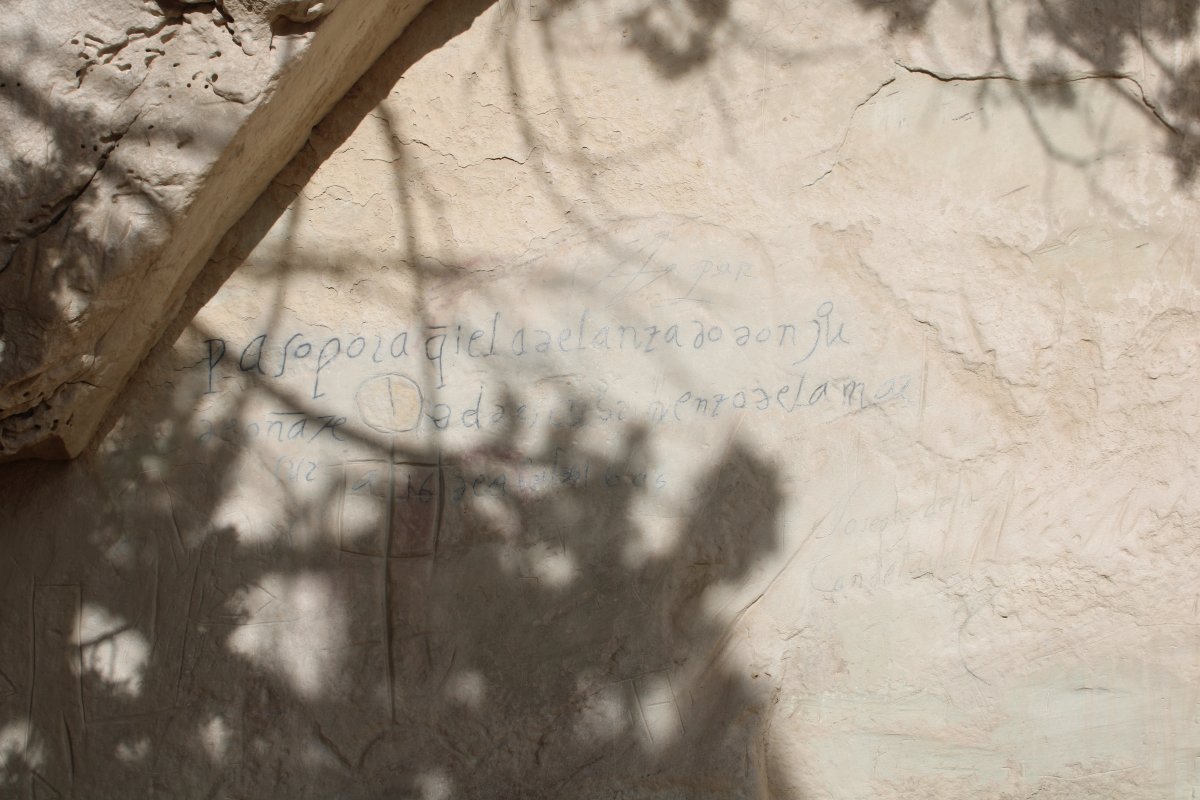
Another Spaniard left his mark in 1726.

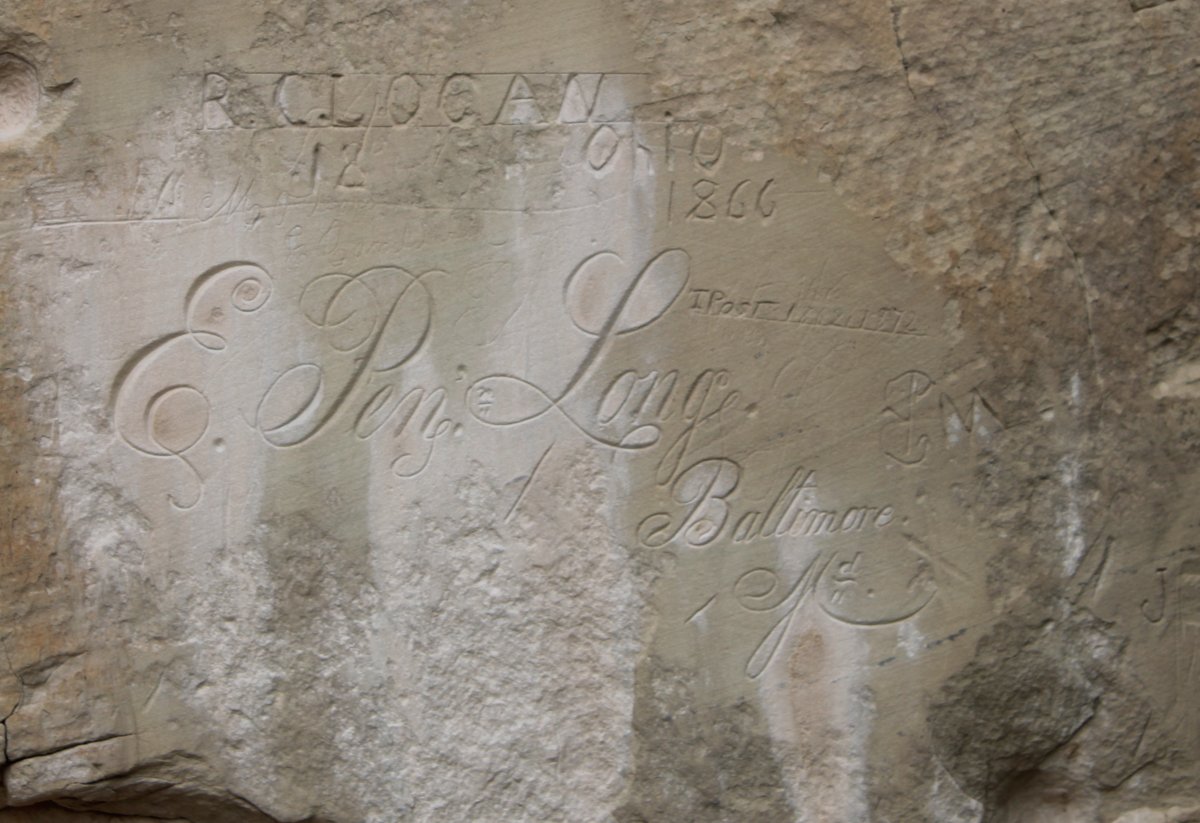
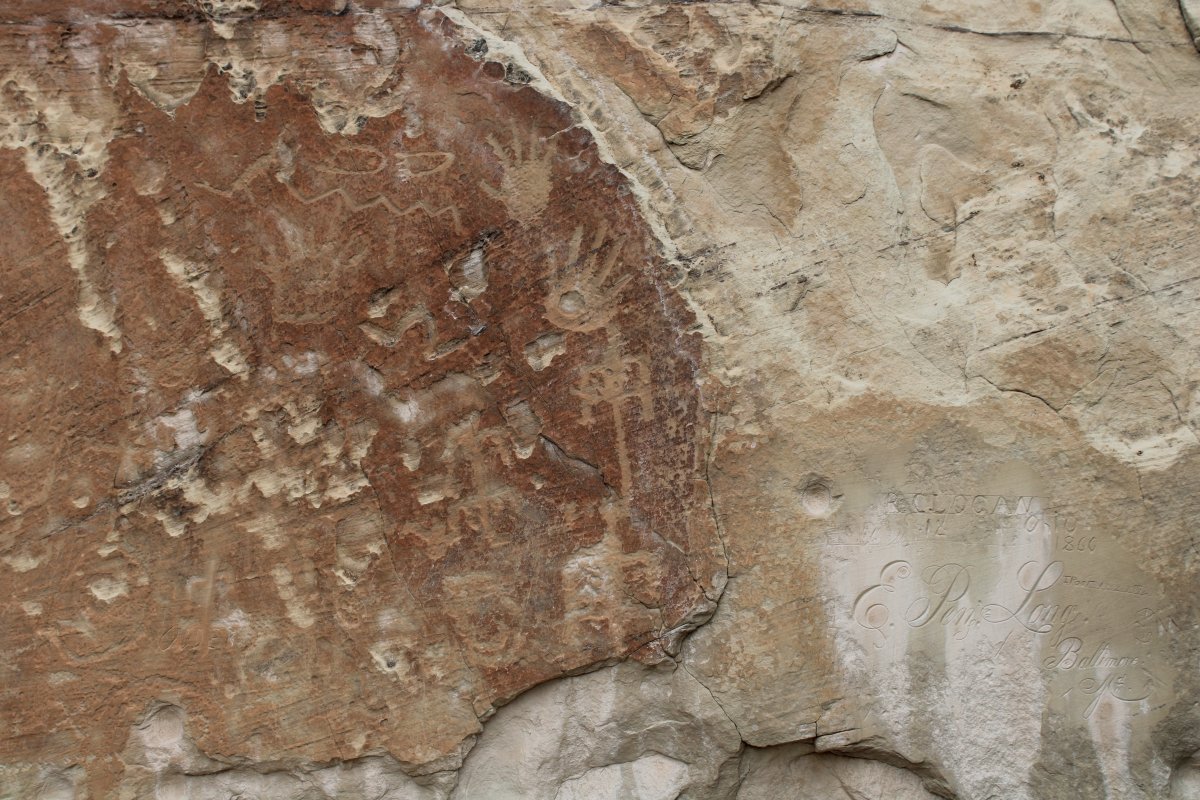
One of the left and one on the right.
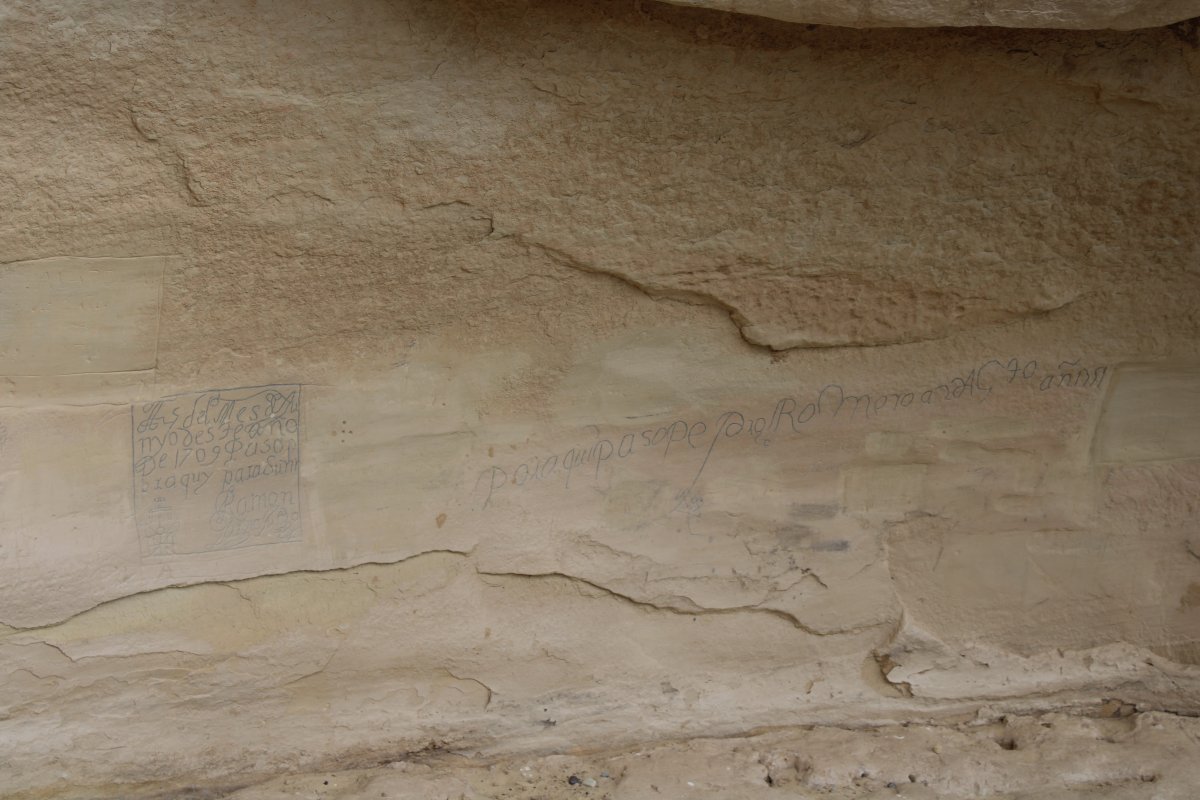
The top inscription reads: We Sergeant Major and Captain Juan de Arechuleta and Adjutent Diego Martin Barba and Ensign Agustin de Ynojos, passed by here, in the year of 1636. Buth Arechuleta and Martin Barba were implicated in a plot to assassinate the colonial governor and were beheaded on Santa Fe's plaza in 1643.
Notice the petroglyphs at bottom, I imagine made by people even before the Spanish.
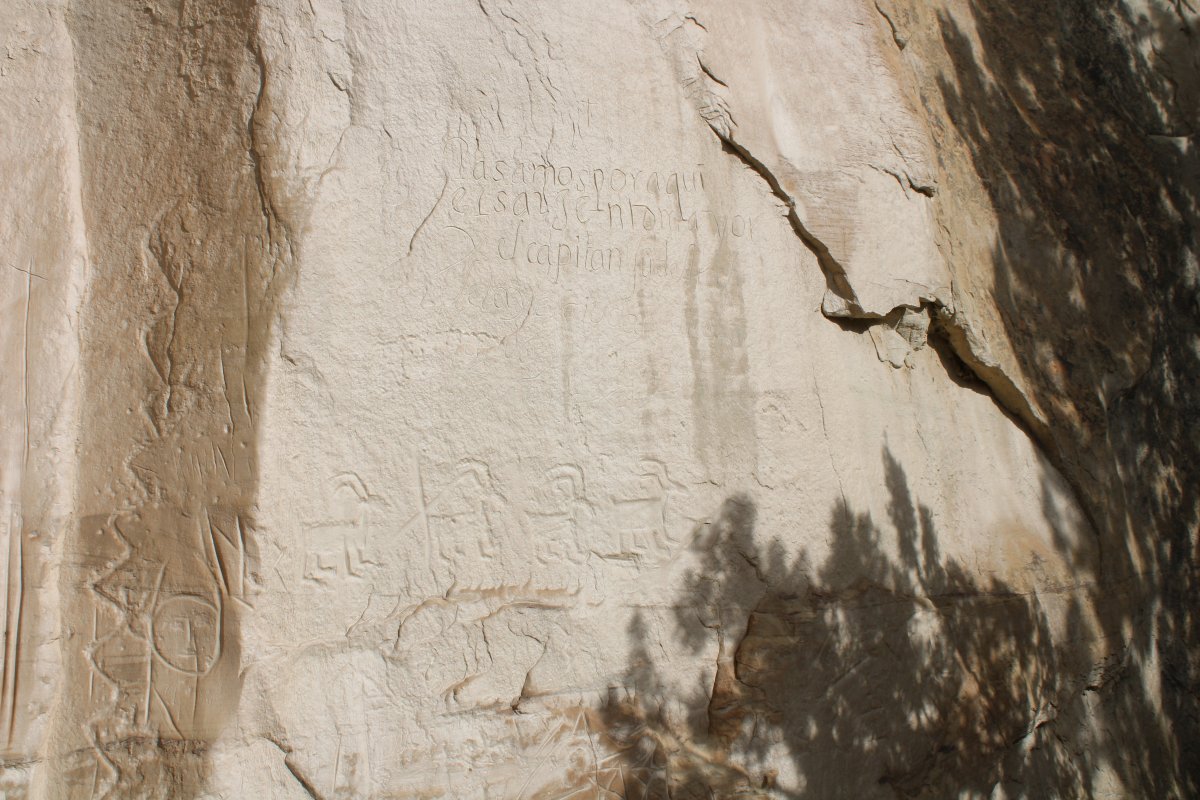
This inscription reads: The Ensign Don Joseph de Payba Basconzelos passed through here on the 18th of February 1726, the year he returned, at his own expense, the members of the cabildo to the kingdom [of New Mexico]
Apparently the council members had been bad boys and were banished from Sante Fe for 3 1/2 years by the New Mexico governor.
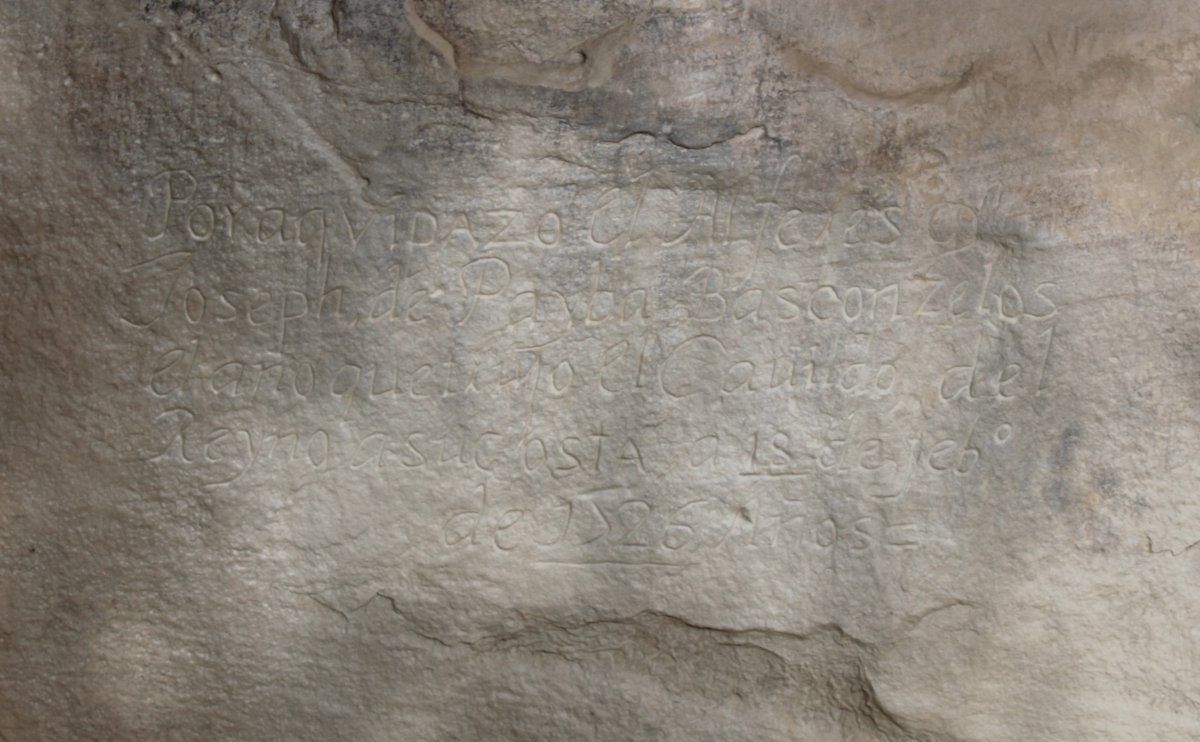
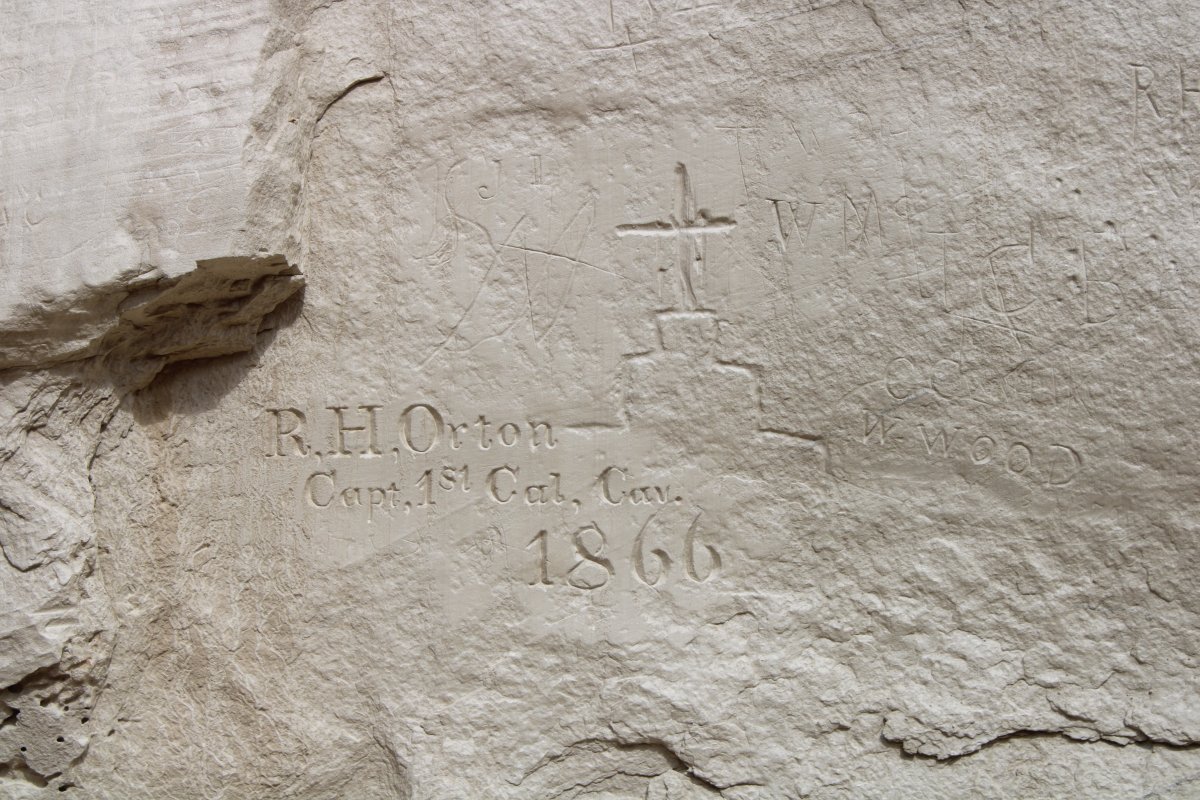
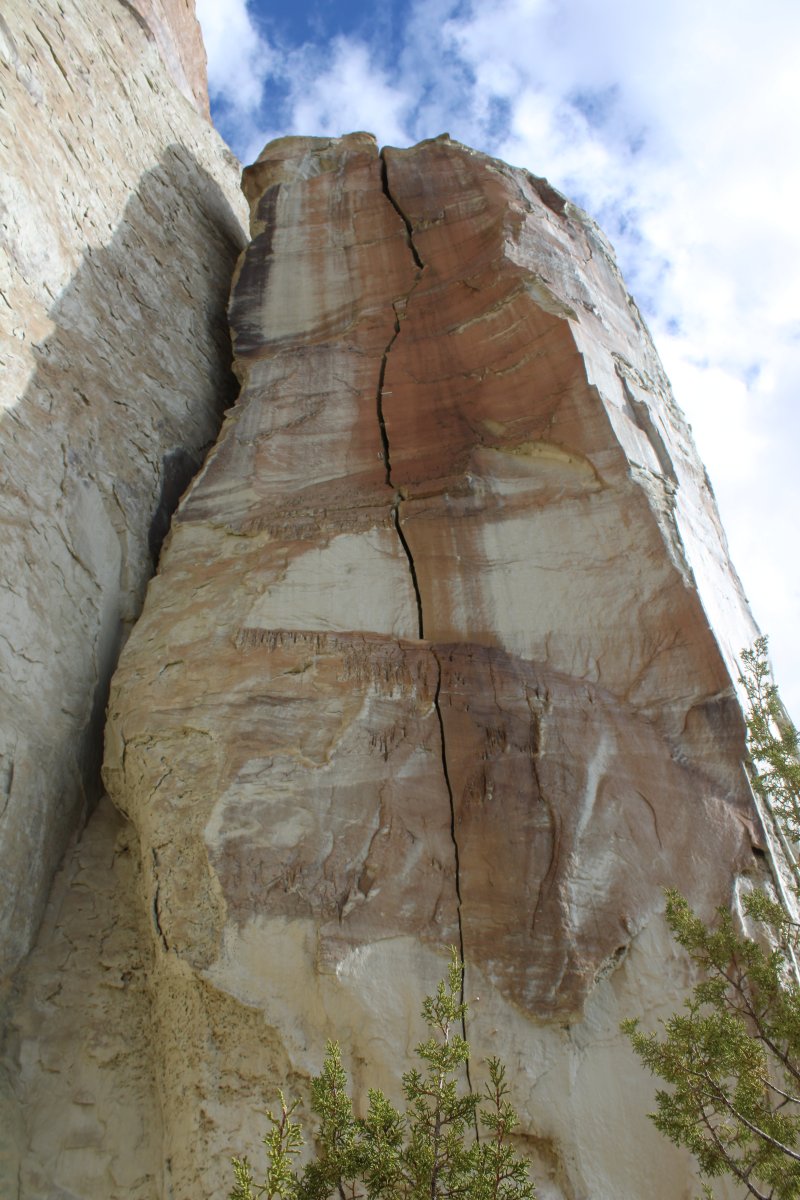
P
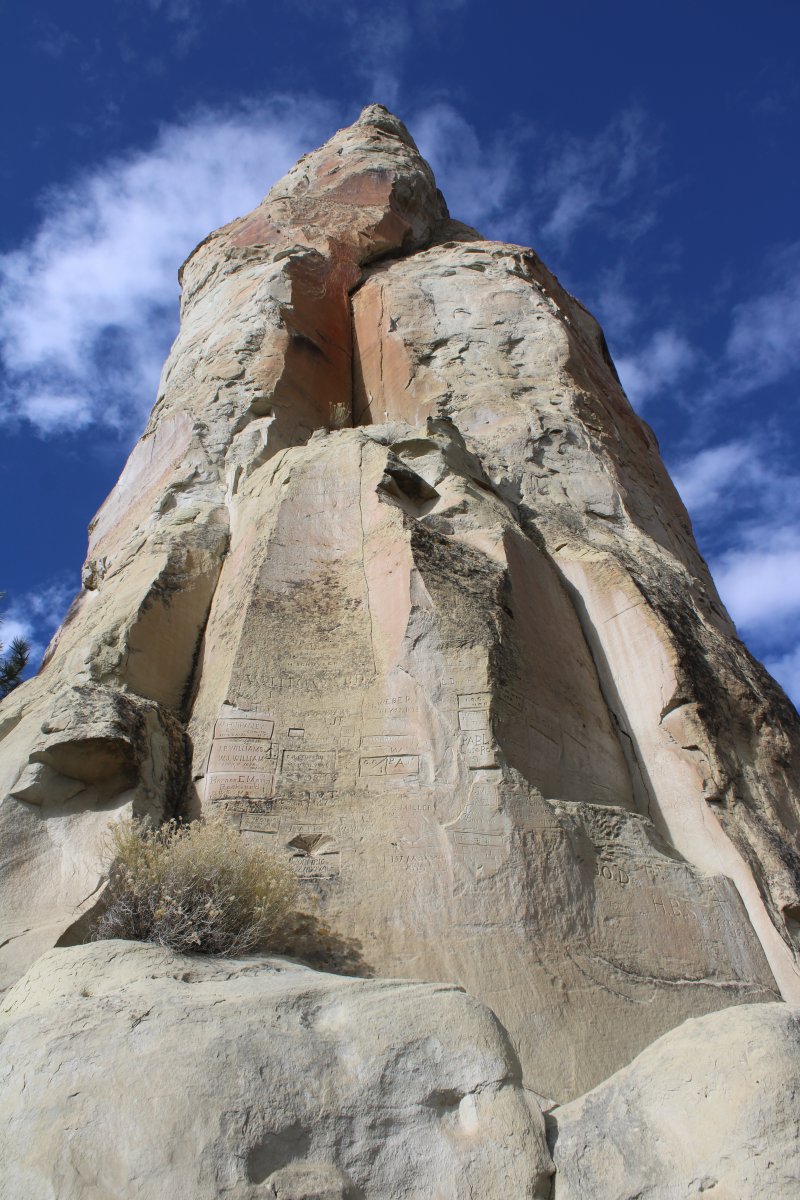
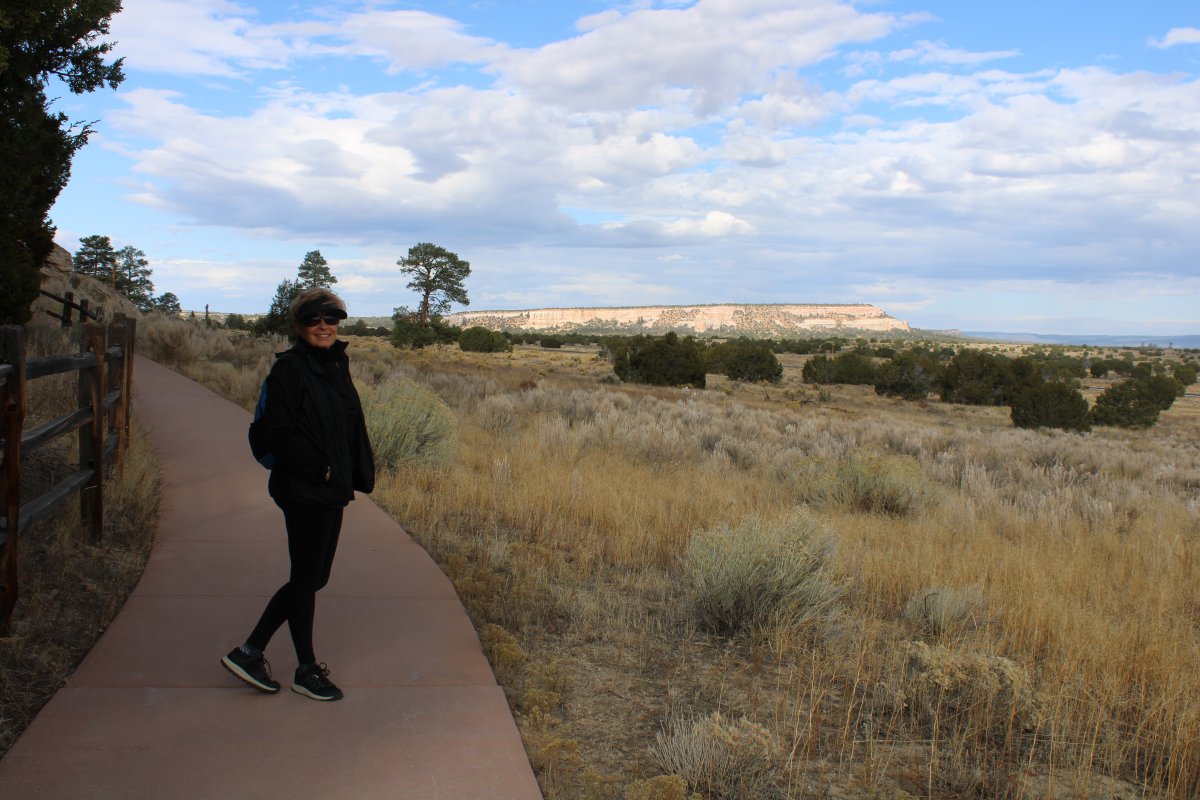
Looking back at the inscription cliffs as we head back to the park entrance.
The National Monument had outstanding placards with all the information well displayed. Wish we had more time here.
